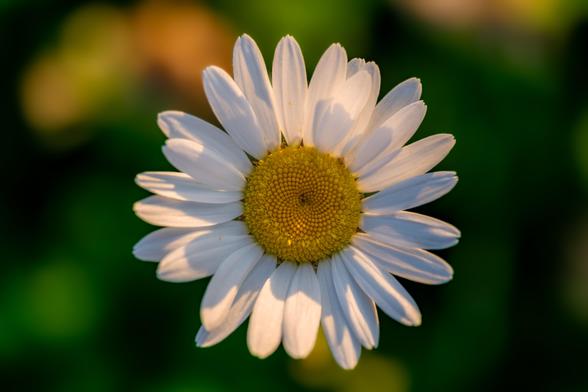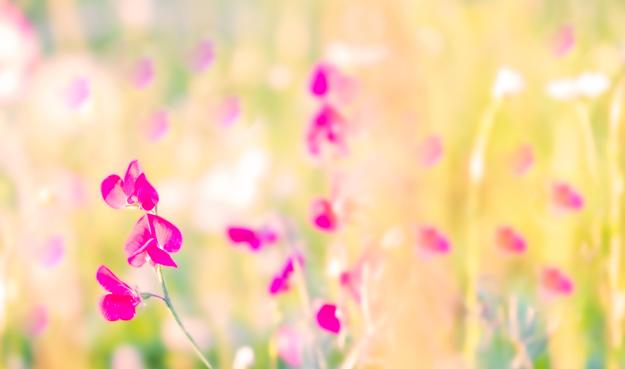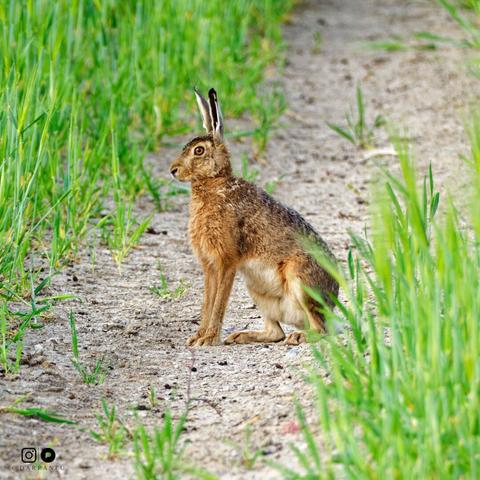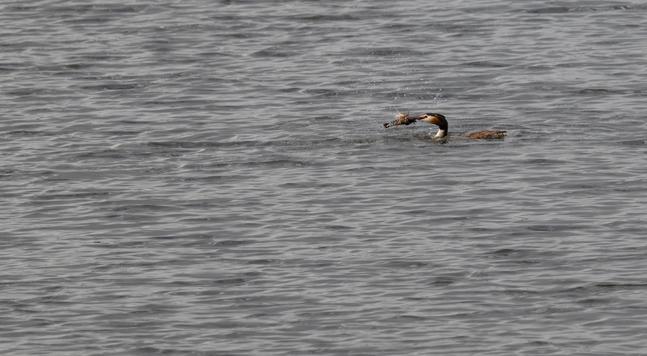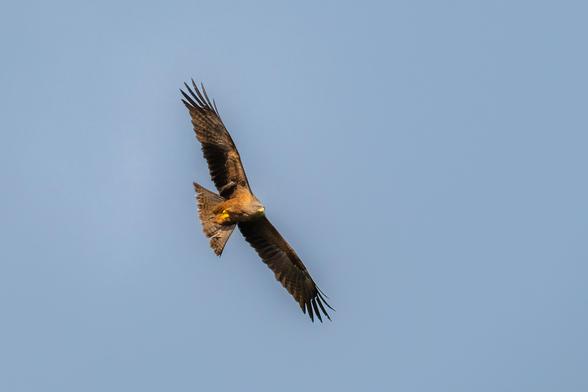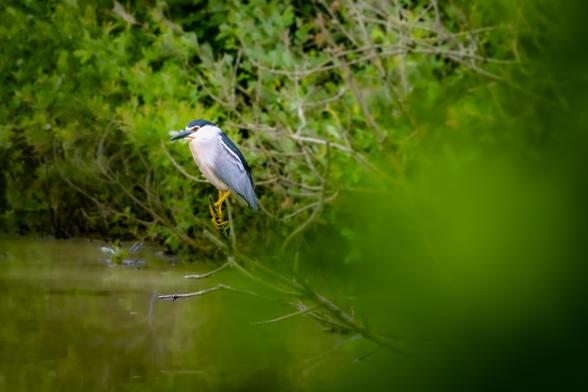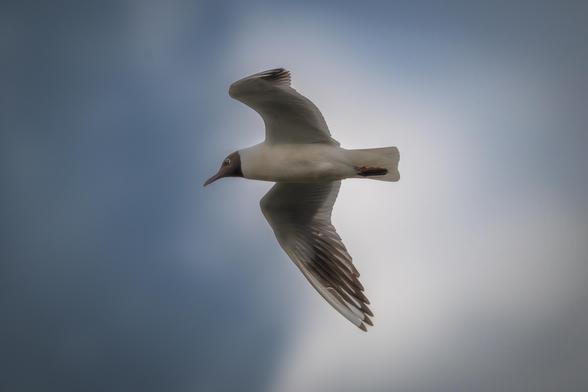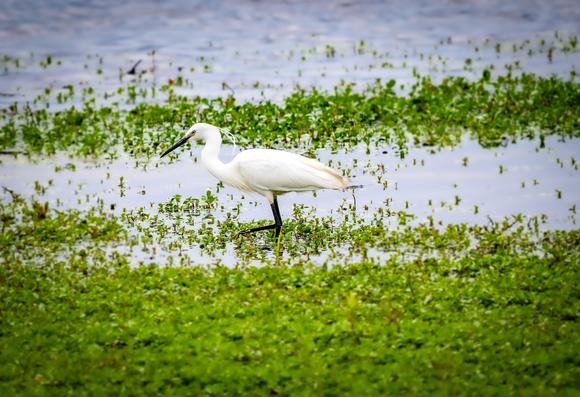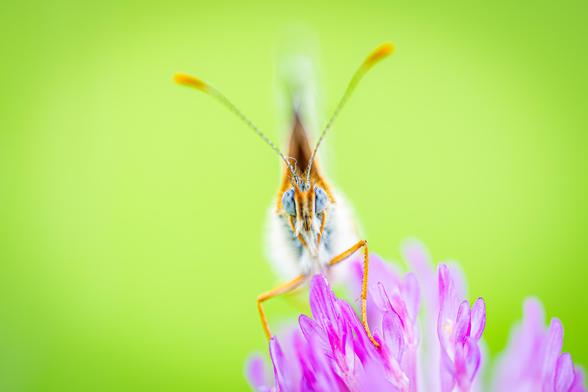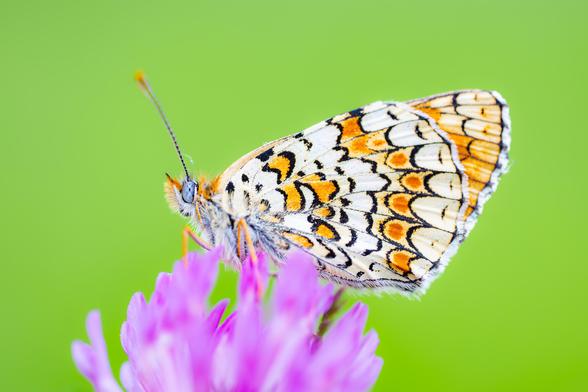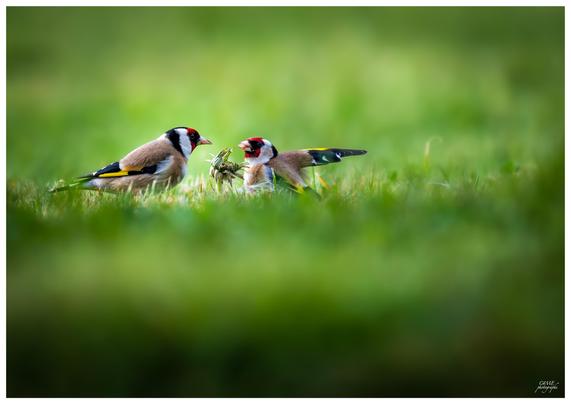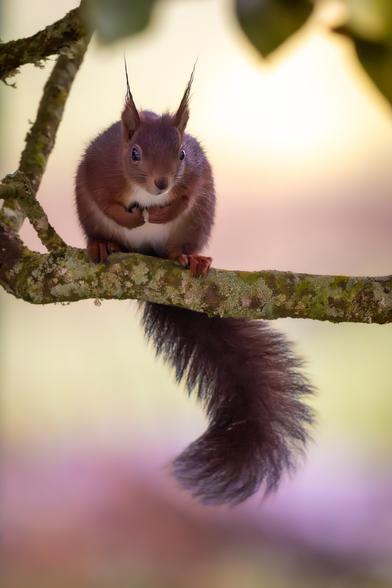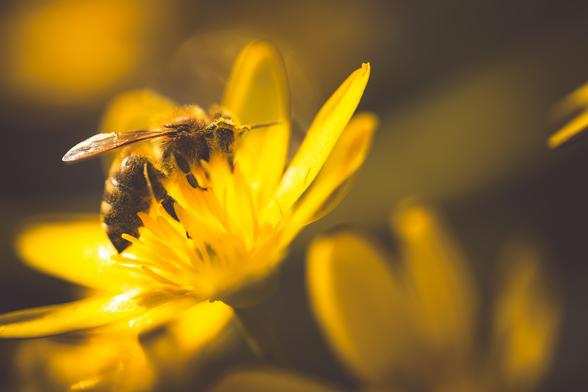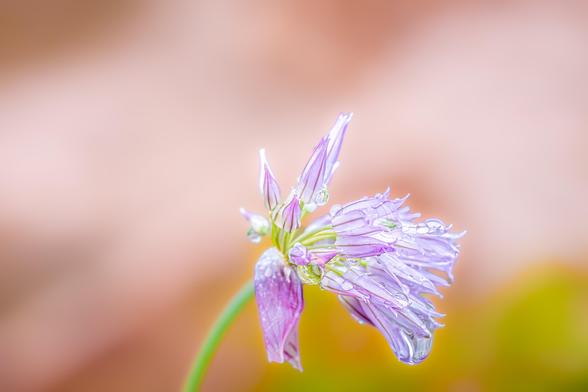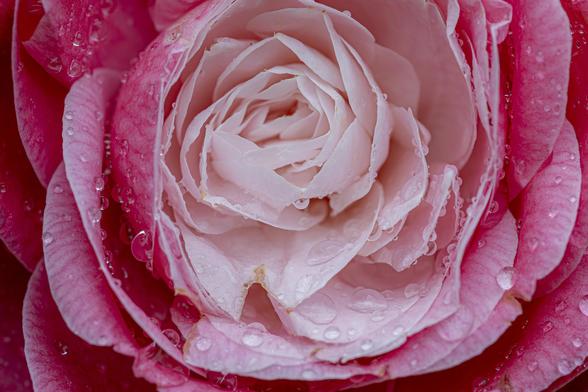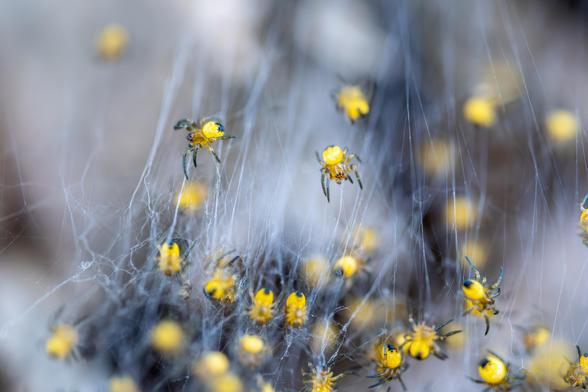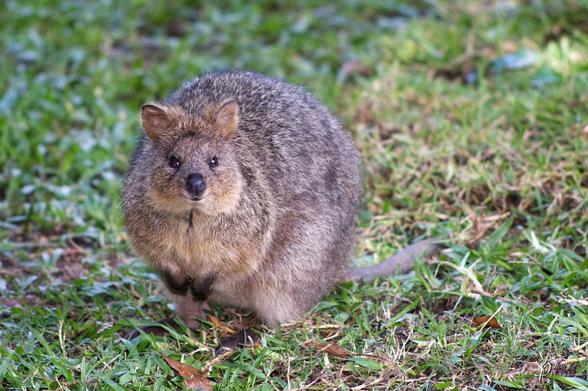Quokka -Setonix brachyurus
The Quokka, Setonix brachyurus, was described by early Dutch explorer, Willem de Vlamingh, 'as a kind of rat as big as a common cat'. His first sighting of the Quokka was on an island off the mouth of the Swan River. He named the island Rottenest ('rat nest') in honour of this sighting. The island is now known as Rottnest Island.
Essentially, the Quokka looks very much like other wallabies. It has short, very coarse and thick grey-brown fur over most of the body, with lighter parts underneath. Its facial features consist of a naked nose on a short, broad face with rounded furry ears. The tail is relatively short and mostly devoid of hair. In contrast, the hair on the feet extends to cover its claws.
Mainland populations tend to be clustered around dense streamside vegetation but can also be found in shrubland and heath areas, particularly around swamps. Quokkas prefer a warm climate but are adapted to the seasonal variations on Rottnest Island. Here, Quokkas occupy a wide range of semi-arid areas.
This tendency points to the Quokka being a habitat specialist, with a preference for areas that have been burned in the last ten years. They are, however, present on Bald Island, even though there has been a low frequency of fires there. Their success on Bald Island is probably due to their finding suitable food sources and the lack of predators. (Text Source: The Australian Museum)
#wildlifephotography #wild #animals #wildlifeplanet #conservation #natgeowild #wildlifeonearth #wildlife #wildlifephoto #biodiversity #environment #wildlifelovers #spohrphotography #marsupials #quokka #australia #photography